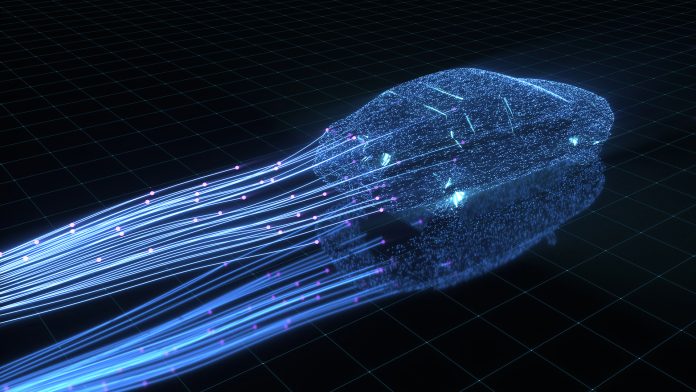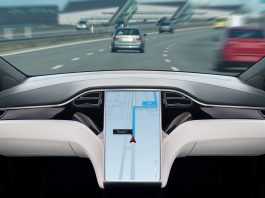Researchers create new impaired-driver sensor technology that can monitor a person’s respiration and pulse rates, paving the way for safer vehicles.
The bipartisan infrastructure bill that was recently signed into law by President Joe Biden, enforces a requirement for automakers to install impaired-driver sensor technology into new cars, in order to detect intoxicated drivers.
Current systems are reliant on cameras to do this; however, they have limitations. As a result, researchers at ACS Applied Electronic Materials have created heat-resistant, pressure-detecting sensors that, when attached to seats, can detect whether a driver is drowsy or has a sudden illness, signalling a future smart car to take protective action.
Existing impaired-driver sensor technology flaws
Most of the existing drowsiness detection systems utilise an exterior, forward-looking camera to monitor lane position or sudden, exaggerated adjustments. Others use an interior camera to monitor a driver’s face or eyes for signs of them falling asleep. Even though camera-based systems can be useful, they do however have drawbacks. For instance, an exterior camera could be obstructed by mud, and an interior camera could be less effective at night.
Scientists have previously explored using piezoelectric sensors. These are self-powered materials that accumulate an electrical charge in response to pressure, and can be used for monitoring a driver’s posture, which changes when a person falls asleep, has a sudden health emergency or is intoxicated. Nevertheless, existing piezoelectric sensors cannot tolerate high temperatures, which is a requirement for both electrical and electronic equipment in vehicles.
New sensor technology
Toshimi Nagase and colleagues planned to develop a flexible, heat-resistant piezoelectric sheet sensor that could be embedded in a vehicle’s seat in order to monitor the driver’s posture.
The researchers prepared zinc oxide-based films directly on a polyimide surface and then screen-printed a silver paste on both sides to obtain a piezoelectric sheet. They implemented a coaxial cable to detect changes in electrical charge with pressure and then folded the sheet in half around the cable.
The sensor sheet resisted heat up to 250 F, displaying no changes in its properties. After demonstrating that the sensor could discriminate changes in mechanical load, the team placed a sensor in the back of a chair. By detecting a seated person’s slight body movements, the sensor allowed the researchers to calculate the person’s respiration and pulse rates. Two other sensors attached to the seat of the chair could sense when a person leaned left or right with their upper body, which could indicate drowsiness.
The researchers hypothesise that in the future, a monitoring system based on the sensors might detect changes in vital signs or body posture, triggering a self-driving car to locate a safe location and then stop. The vehicle could also contact emergency healthcare providers, depending on the situation. To get to that point, the next step is to test the piezoelectric sensors in a car, where vehicle motions and vibrations will contribute to background noise in the measurements.









